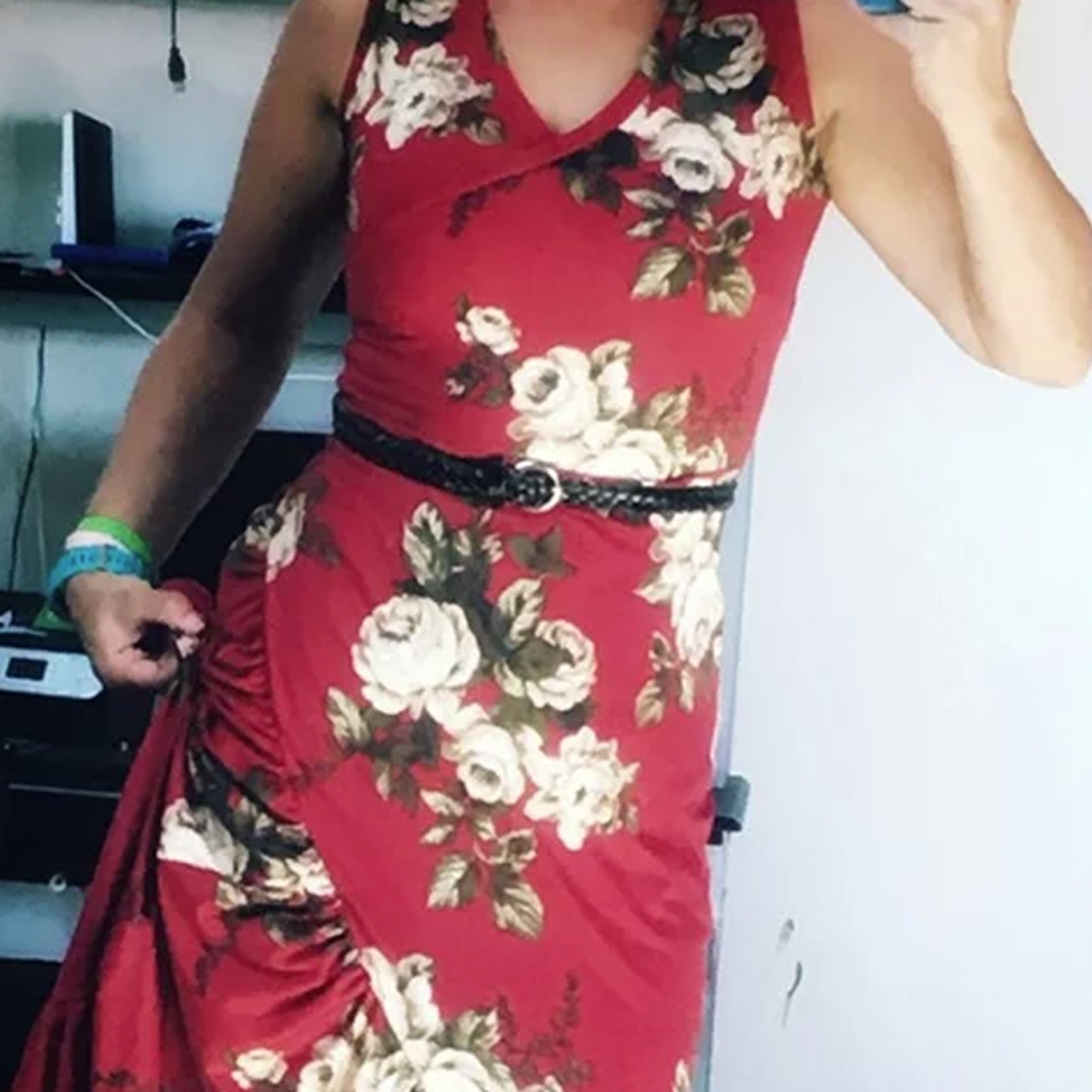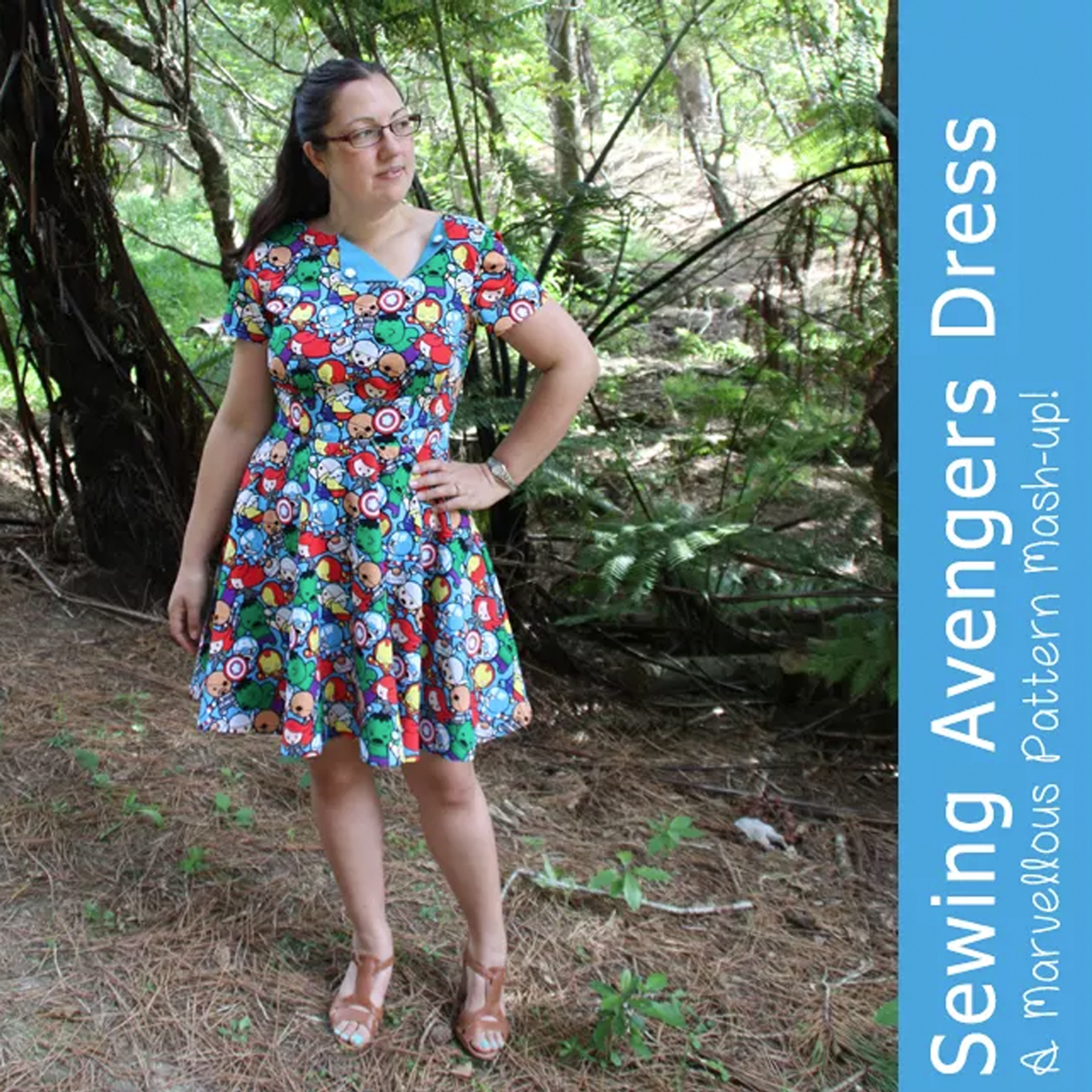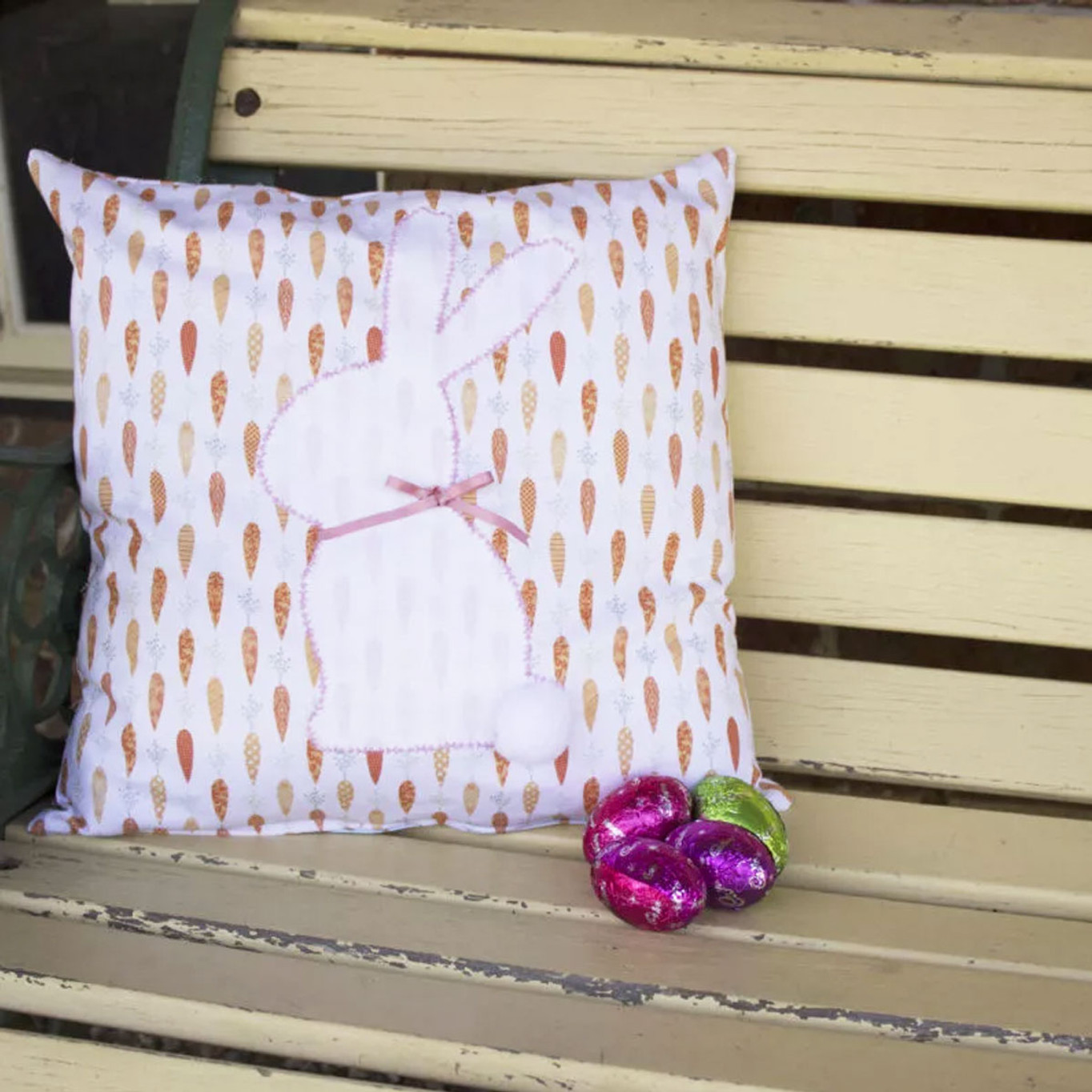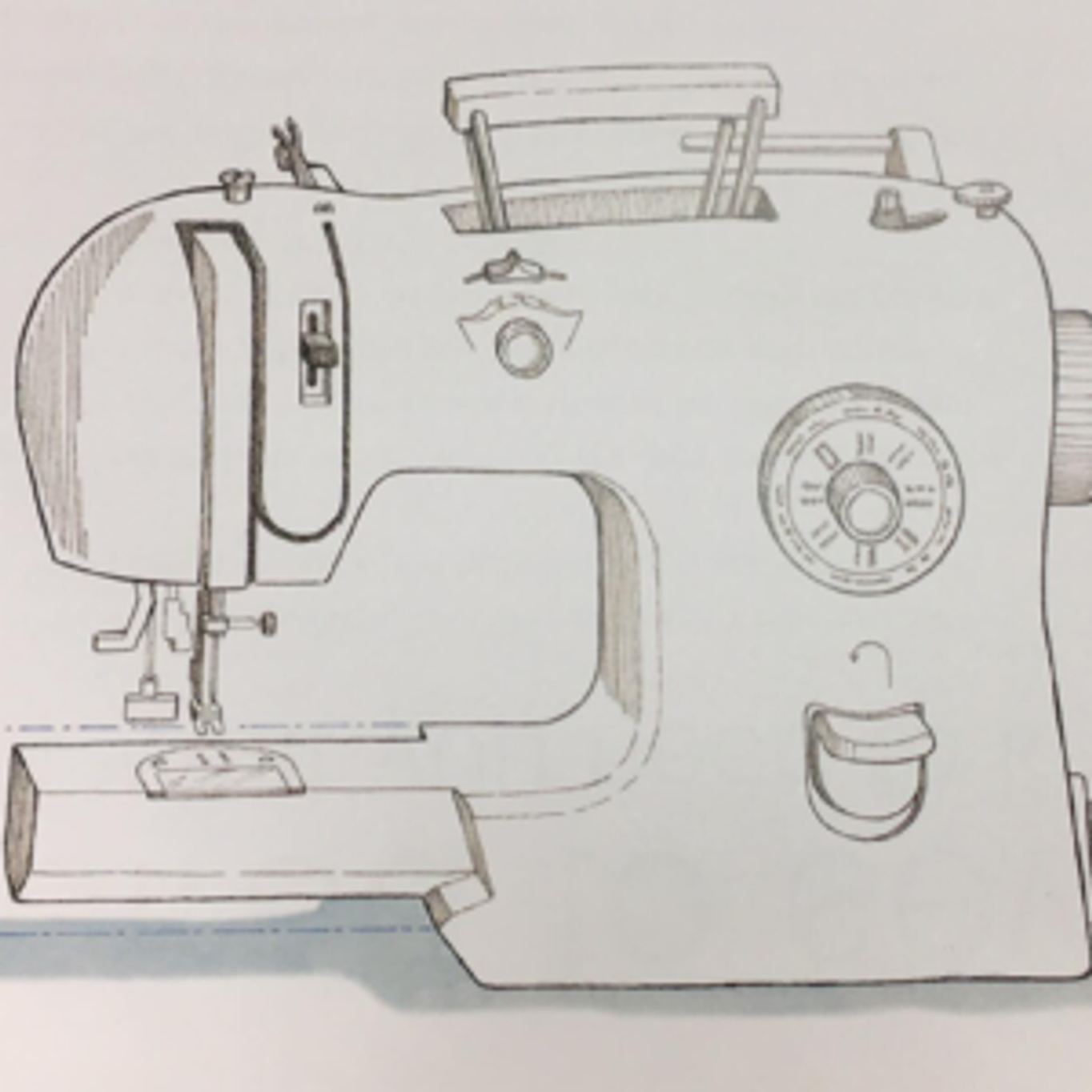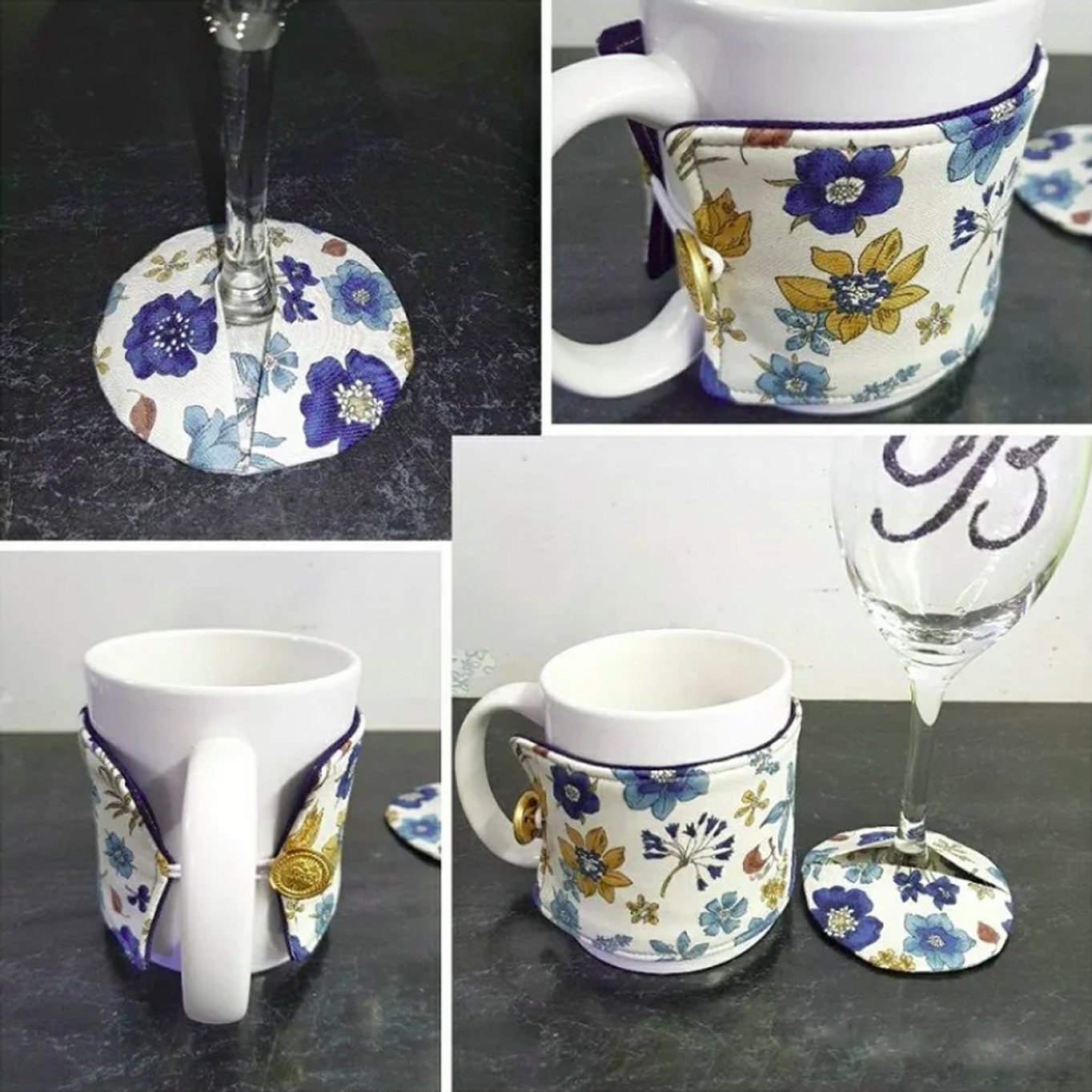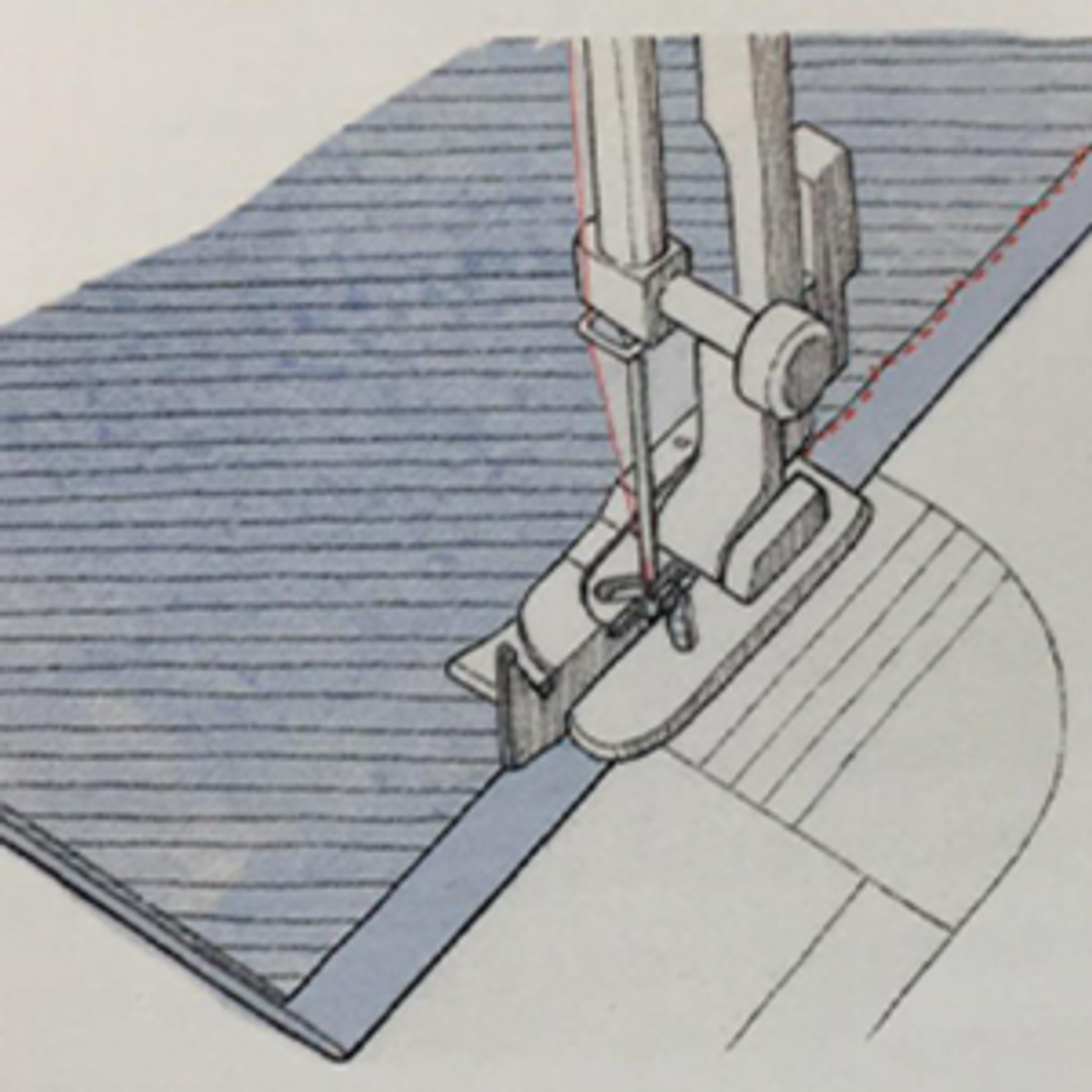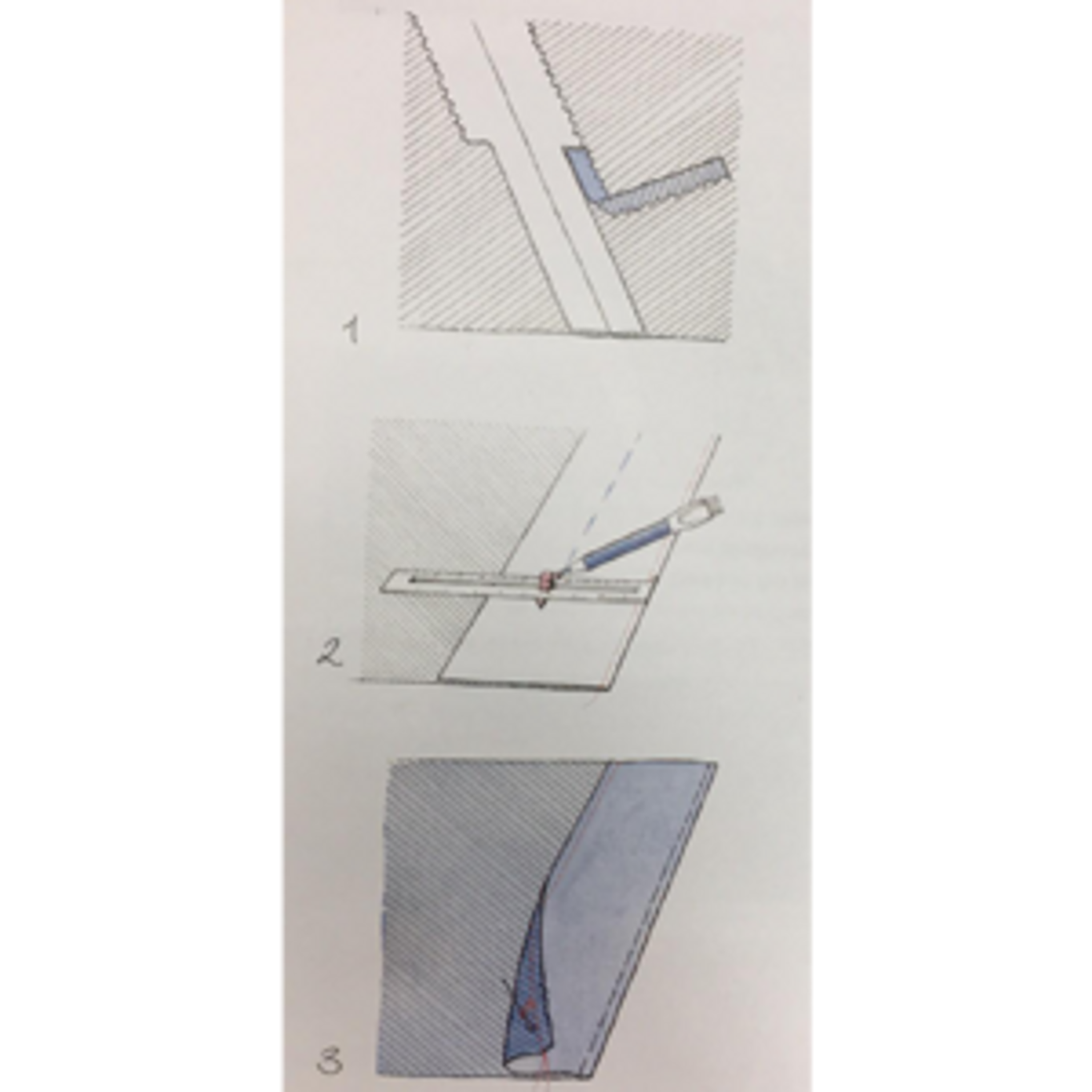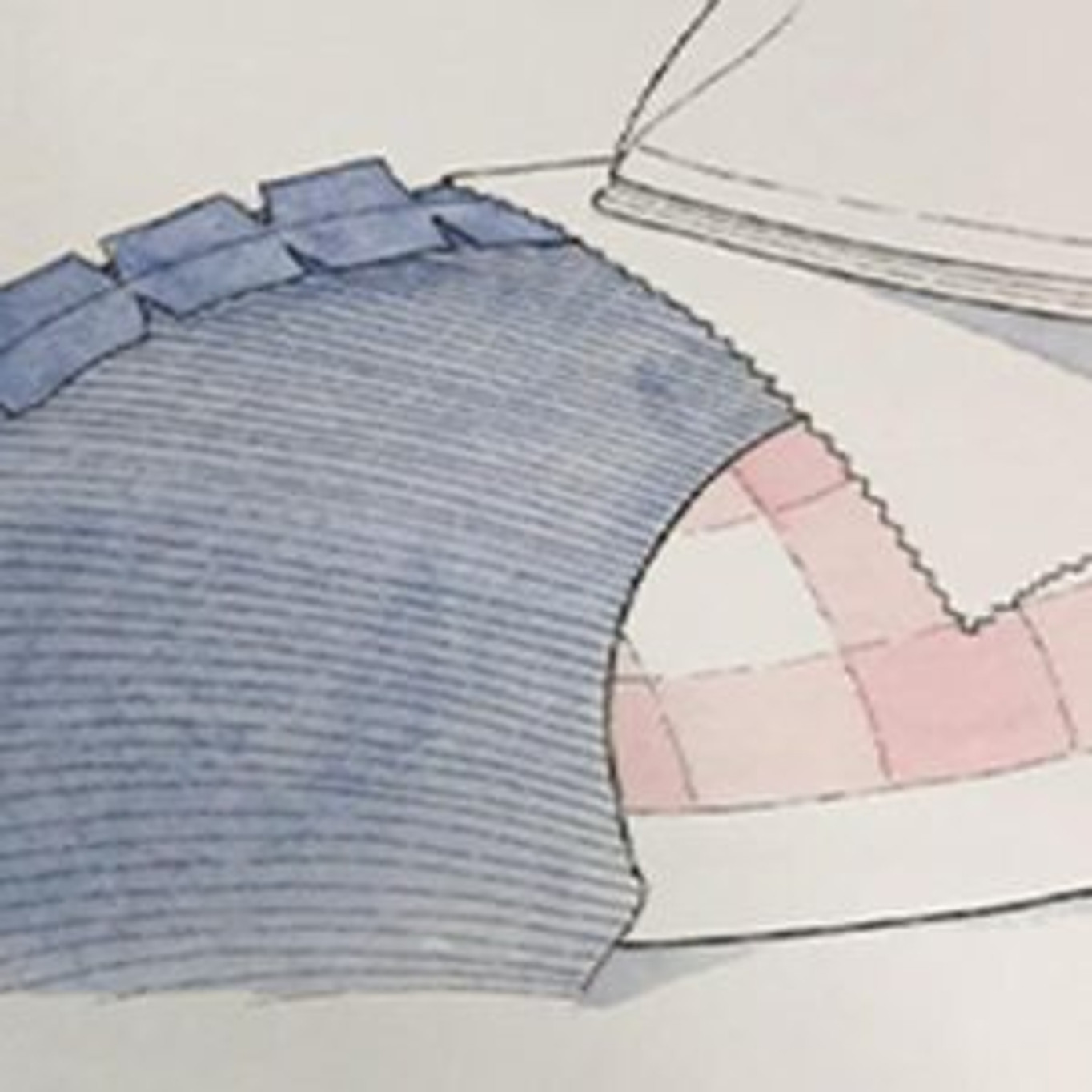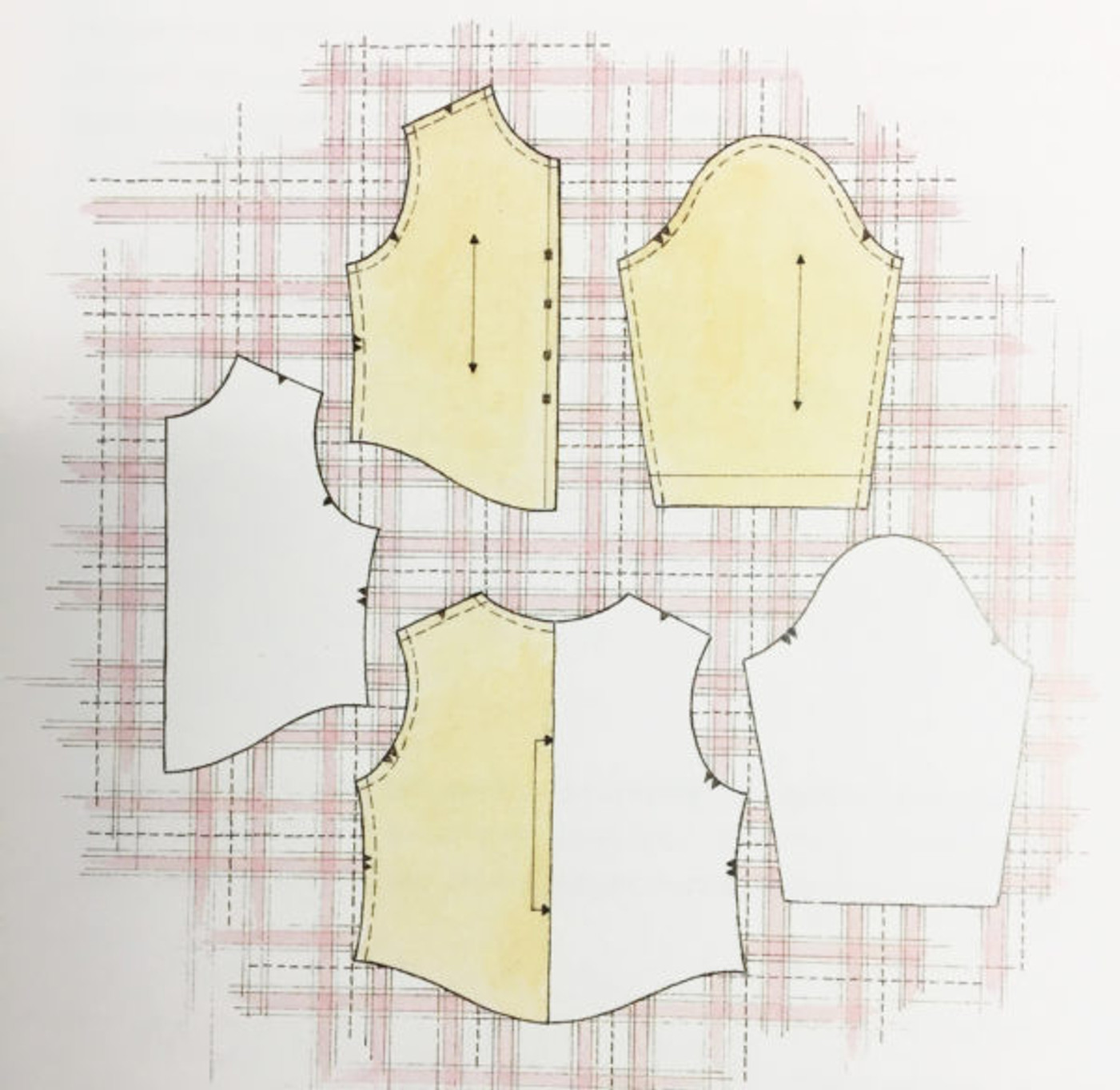I’ve had so many people ask me how I made my stunning faux wrap dressSo I thought I’d try and explain how I adapted the Wrap Skirt pattern by Ellie and Mac (https://www.ellieandmac.com) to become a dress. Hopefully you will understand my instructions.When I ordered this stunning fabric a Double Brushed Poly from Lush Fabrics Australia (https://lushfabrics.com.au/ ) I had planned on making a wrap skirt but when it arr
5th Jun 2018
This is the face I made when my husband asked if I was really going to wear my new dress to work: Of course!My latest creation is a mashup of two fabulous Indie pattern designer dress patterns: Sew Over It's Betty Dress and Jennifer Lauren Handmade's Laneway Dress that I was lucky enough to pattern test near the end of last year.I was very happy with my pattern tester version of the Laneway. The bodice fit
17th Apr 2018
Decorate your home with a fun applique before the Easter bunny arrives.Requirements List:
Rabbit template½ meter Easter themed cottonFat quarter White cotton30cm ZipperWhite Pom-pomCo-ordinating threadsFusible Web30cm of 5mm ribbonFabric glue41cm x 41cm CushionTear awaySewing MachineScissorsApplique
Using the fusible web, trace the Rabbit template onto the paper side of the fusible web. Roughly cut out shape.Iron f
24th Mar 2018
If your machine has a feed dog lever to drop your feed dogs, and not a feed cover plate, use these steps to raise your feed dogs to resume normal sewing.Raise the presser foot and then slide the drop feed lever to the raise position. You then need to turn the handwheel toward you (counterclockwise) to raise the feed dogs. Why would you lower the feed dogs? Sewing on buttons Free motion Quilting and AppliqueFiner Fab
22nd Jan 2018
Happy New Year Singerettes! I hope you all had a great Christmas and that Santa brought you lots of sewing goodies.I used part of my Christmas break to finally finish the Resignations Coat which I’ve been working on for much longer than I intended! It’s hard to sew a wool coat when it’s so nice and hot outside plus I hit a few snags along the way. Now that it’s done I’m actually really proud of it and looking forward
12th Jan 2018
As you know, at Singer we love our friends over at One Thimble and we were very excited to see the winner of our Retro Rescue Giveaway, Kellie Brown, appear as a contributor in the latest issue with the perfect party hosting pattern. Kellie has created this amazingly simple but thoughtful Teacher's Gift Pack for a quick and easy Chrissy Pressie. We took one look and thought - Australia Day BBQ idea! Imagine bein
8th Jan 2018
When your hems have been prepared, you are ready to stitch the hem in place. There are several ways in which you can do this.Hemming by handHand blindstitch: Fold back the top edge of the hem. Take a tiny stitch in and out of the garment fabric. Take the next stitch 1/4" (6mm) away within the fold of the hem. Continue, keeping stitches small and 1/4" (6mm) apart. The stitches will be hidden between the layers of the
15th Dec 2017
You can stitch hems by machine or by hand. Some hems should be invisible on the right side of the garment, the hem allowance can be up to 3" (7.6cm) wide. For a flared garment, the hem is usually from 1 1/2" to 2" (3.8cm to 5.1cm) wide. Sheer fabrics and light-weight knits almost always have narrow hems stitched by machine.Marking a hemPut on the garment, with all the appropriate undergarments and accessories. Enlis
15th Dec 2017
Careful and frequent Pressing is the key to great-looking garments. Pressing is not the same process as ironing. When pressing, lift and firmly place the iron - do not glide over the fabric, as when ironing.Always test the heat setting on scrap fabric first to make sure the iron is the correct temperature for your fabric.Press after completing each step of the construction process.Always use a press cloth to prevent
15th Dec 2017
Plaids, stripes, and prints are strong visual patterns, so it is important to match them at prominent seams. If you are careful laying and cutting out the pattern, the seams will be almost invisible. You need to buy extra fabric, 1/4" to 1/2 yard (0.25 to 0.5cm), depending on the size of the pattern repeat (the distance from one bar of the plaid or stripe to the next identical bar or from one large motif to another).
15th Dec 2017
This Candy Cane Cushion is a great project to create for the Christmas Season. Make 1, 2 or many to decorate your home or office.Shopping List35cm of Red Fabric45cm of White FabricCandy Cane Pattern PiecesScissorsCoordinating threadPolyFill approx. 200gIronPreparationPrint the Candy Cane templates on A4 paper. Tape the top and bottom, aligning stems of the candy cane together. Cut out the Candy Cane Shape.NOTE: Ensur
1st Dec 2017
Keep your sunglasses scratch free this summer in style. This pattern is easy and quick to whip up. It would also make a great stocking filler for Christmas!
1 x Fat quarter outside fabric1 x Fat quarter inside fabric1 Set of medium press studsWadding amount will depend on size of sunglassesCoordinating ThreadsRulercutting matrotary cutterCutting
Place your sunglasses on your fabric to determine how big you need to
9th Nov 2017

